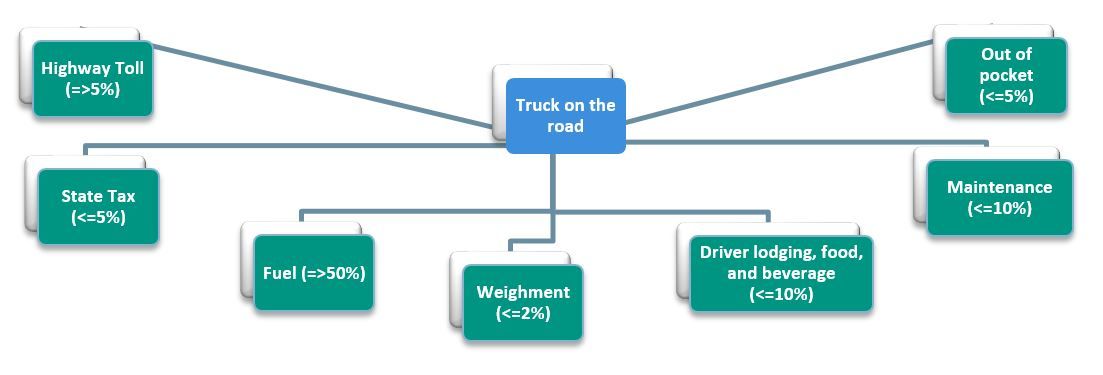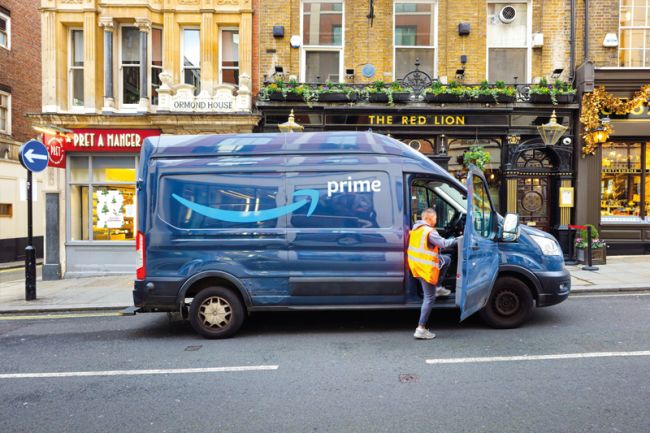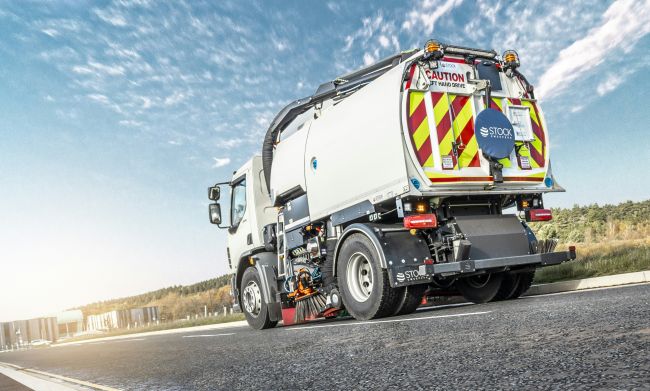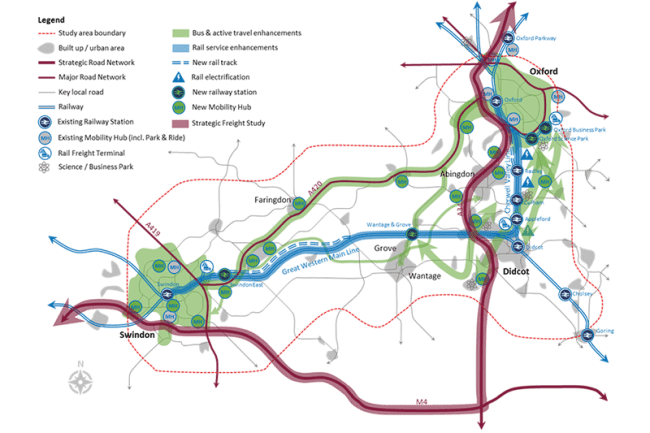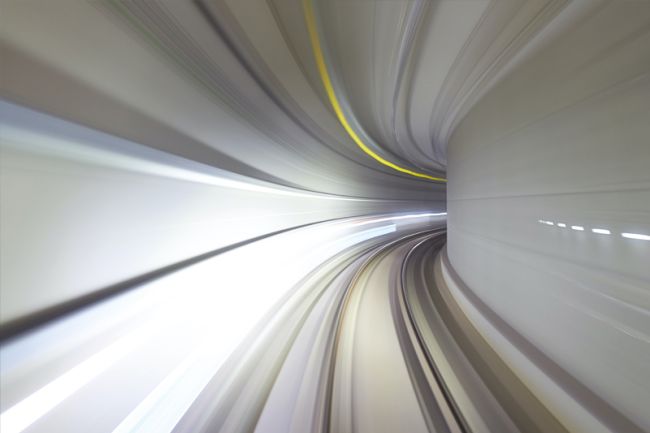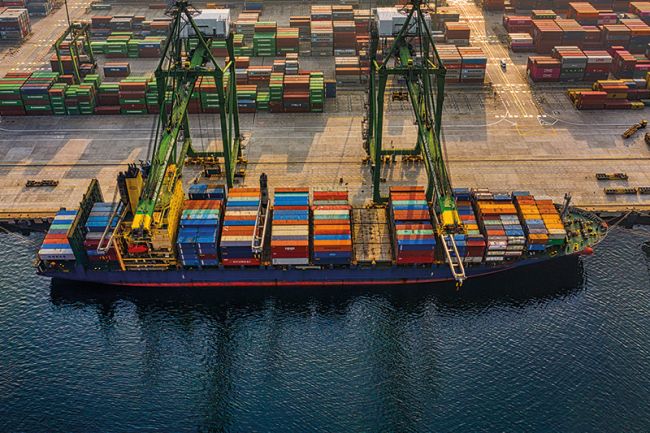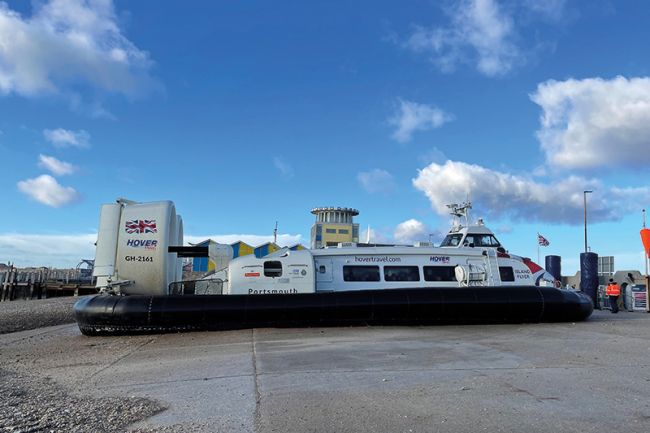Demonetisation and transport — can technology help?
The Indian government's decision to demonetise 86% of currency notes came as a shock to the Indian economy and citizens.
The recent (8 November 2016) decision by the Indian government to demonetise 86% of currency notes in circulation in form of INR 500 ($7.5/£6) and INR 1000 ($15/£12) came as a shock to the Indian economy and its citizens. The government has given 50 days to deposit their old currency notes into their bank accounts with limited provisions to withdraw new or smaller denomination currency notes. With just over four weeks since the decision the final verdict on the overall impact of this move is still out there.
What about transport?
With over 90% of transactions in India being cash-based and less than 50% of the population owning bank accounts, an immediate and visible impact on the general economy has been of a short and sharp contraction in general consumption. Various consumer focused sectors of the economy have reported 15-60% drop in sales in the month of November. But what about the impact of this move on transport? Transport being a derived demand has naturally seen a corresponding drop in volumes. There have been remedial ‘patches’ implemented by the government to avoid the movement of goods and people coming to a standstill, e.g. the toll plazas on national highways were made toll free and fuelling stations were instructed to accept old currency notes, and airline and train bookings made with old notes were accepted for a short while.
Freight bears the brunt
‘A freight truck travelling the length of the country from Delhi to Chennai has to make 73 official and unofficial stops on route’, says a leading logistics company in India¹. A description of possible expenses with their contributions to total trip expenses are shown in the image below².
Figure 1: expenses contributing to a typical freight truck trip
The activities mentioned above warrant the use of cash during the trip, due to the nature of transactions involved. This results in almost all the transactions in the trucking industry cash based. All India Motor Transport Congress (AIMTC), which claims to have 9.3 million truckers, 5 million buses and tourist taxi and cab operators under its fold, said at least 0.8 million drivers and conductors were severely impacted in the wake of delegalizing INR 500 and INR 1,000 currency notes. There have been reports of long queues at toll plazas and of trucks being left stranded on various corridors.
There are a number of valid reasons for these short term impacts, for example, drivers standing in bank lines to get cash to support their families, difficulty in buying food and lodging services on route as the local eateries not accepting the delegalized currency, and long queues on toll plazas to pay toll tax (public national highways stopped charging toll, but private highways still charging toll in new currency).
As per some estimates the hardest hit are essential supplies like milk, vegetables, fruits, and other perishable items resulting in huge losses for the industry across the country. However, three weeks into demonetisation, it is still very early days to gauge the impact on the trucking industry. Once relaxations such as gas stations accepting old currency and national highways being toll free are lifted the real impact will be seen.
Hard evidence of the impact on air and rail passengers is still to be seen. The annual comparisons will be skewed as the festival of Diwali fell in November last year which sees a big rush of people returning to their home towns.
Can technology help?
To wean the country out of its cash addiction a big push is being made to increase digital forms of payment. The latest (August 2016) figures available from the RBI (Indian central bank) suggest that in a country of 1.23 billion there are only 26 million credit cards but over 700 million debit cards in circulation. However, the use of most debit cards remains restricted to withdrawal of cash with the use of these cards for transaction value at ATMs being close to 12 times than the use for direct purchases as per the same data.
With access to mobiles being more prevalent than access to bank accounts, both public and private sector firm are rightly pushing for mobile based payment mechanisms. There are a wide range of smartphone based e-wallets which have gained popularity in recent past with the likes of PayTM, Freecharge, PayUMoney etc. which are gaining significant subscribers as a direct result of demonetisation. The roll out of Unified Payment Interface (UPI) by the RBI which allows a mobile based instant transfer of funds between bank accounts is being seen as another significant advancement towards a cashless economy.
So it appears that the basic ingredient, i.e. the technology, to make transport transactions go cashless exists in India, through various forms of digital payments — cards, e-wallets, mobile-wallets etc. How quickly users adapt to this new reality will only become clear in the coming months/years. Efforts will have to be made by both buyers and sellers of transport services so that digital payments are the preferred method of payment. The incentives and regulations placed by the government and RBI within this space will influence how soon the technology available is adopted. However, this move does offer an opportunity for transport transactions to leap frog from largely cash based to mobile based within a relatively short period of time.

